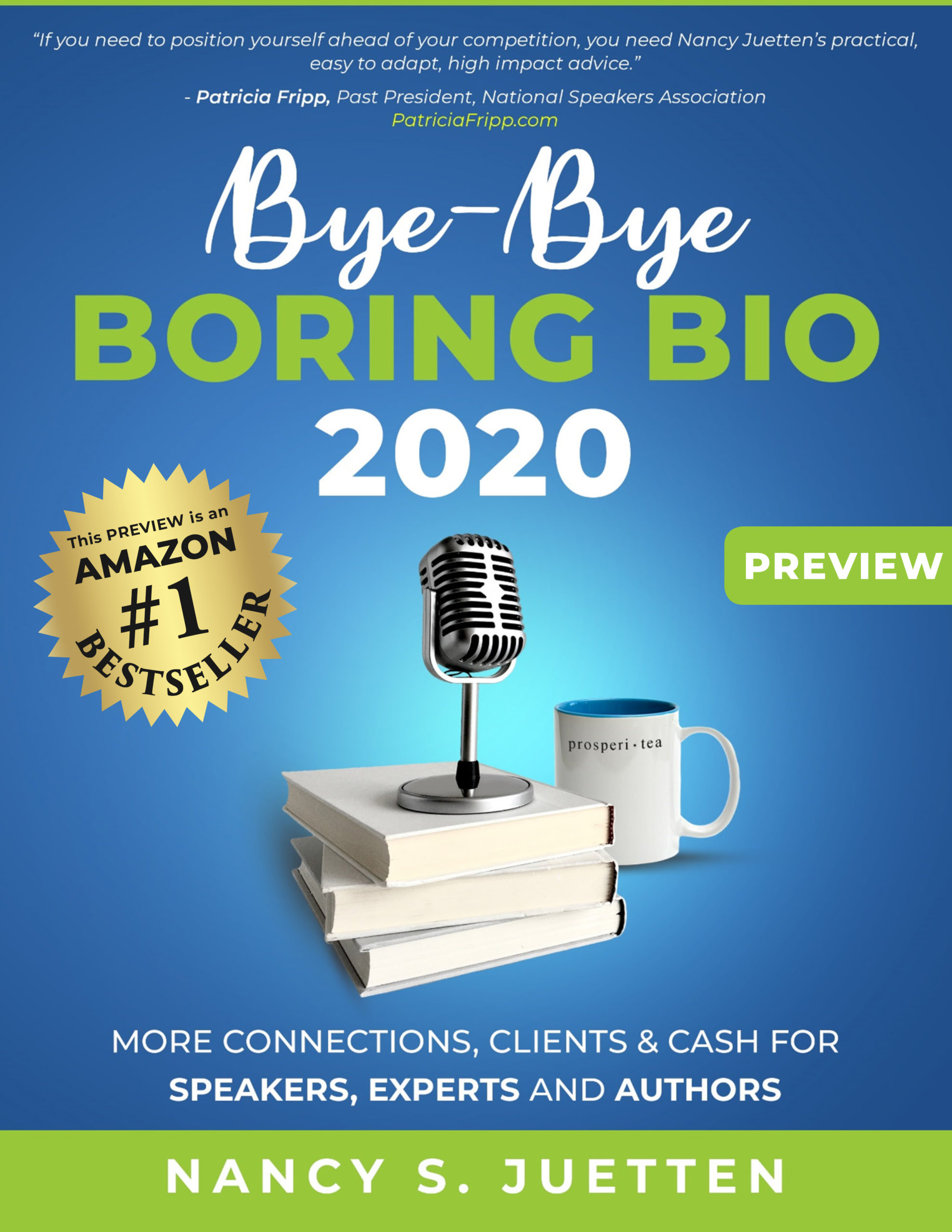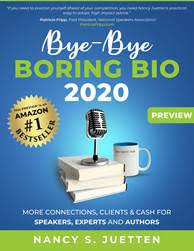 When Auburn resident and 25-year BECU executive Shirley Harney Taylor takes her honored place in the Rose Parade on Jan. 2, 2012 as a rider on the Donate Life America Float, she will be among a group of people who feel more keenly than anyone else a special blend of anguish and inspiration. The anguish was having had to face the choice to donate her 16-year-old son Brandons’s organs and tissues when his 16-year-old life had only just begun. The inspiration came soon after when 52 others were given second chances at life, thanks to Brandon’s gifts that fateful August day in 2000.
When Auburn resident and 25-year BECU executive Shirley Harney Taylor takes her honored place in the Rose Parade on Jan. 2, 2012 as a rider on the Donate Life America Float, she will be among a group of people who feel more keenly than anyone else a special blend of anguish and inspiration. The anguish was having had to face the choice to donate her 16-year-old son Brandons’s organs and tissues when his 16-year-old life had only just begun. The inspiration came soon after when 52 others were given second chances at life, thanks to Brandon’s gifts that fateful August day in 2000.
Shirley has been advocating for the importance of organ and tissue donation for LifeCenter Northwest since, giving an entirely new and inspired purpose to her life and the lives of many others. BECU has given Shirley the grace, schedule flexibility, and support to give back to this cause over the years, creating a bond of employee loyalty that is priceless beyond measure. This kind of quiet, steady support is a meaningful expression of the organization’s mission and commitment to grow the spirit of real community among its staff and its members. The support is not loud and proud like the drum beat of a parade, but steady and sure to inspire loyalty, trust, and goodwill. Actions always speak louder than words. And they speak powerful truth, while making a big difference.
In the parade, Shirley will be waving as she feels the pride of seeing a “floragraph” of Brandon’s face showcased on the Donate Life float with 71 other organ donors who created triumph from tragedy and the deep knowing that decisions she made in the depths of her loss and despair have made a profound difference for many.
There is Mary Ellen Decker of Windsor, NY, who, when her 21-year-old son Seth committed suicide on a beautiful September afternoon in 2005, had the fortitude to donate his organs; Janice Langbehn, Olympia, Washington, whose 39-year-old life partner, Lisa Marie Pond, died of an aneurysm but who was not allowed to see her in her final hours because of their non-married status, leading to a directive from President Obama permitting gay and lesbian family members access to their hospitalized partners; and Arnold Perez, a 46-year-old screen printer from Guatemala, living in Los Angeles, who says he had never heard of transplantation until he and his wife, Eva, were asked if they would donate the organs of their 6-year-old son, Hernán, who crashed into a tree when, excited by snow on the nearby mountains, he impatiently jumped on his sled before they could stop him. When they received a letter telling them about the recipients, they both cried, Arnold remembers. “We still keep it,” he adds.
Shirley has found another kind of kinship with the recipients on the float, seeing living proof of the difference their gifts have made. One of them, Dave Ebberson, of Ephrata, Washington, now lives a vibrant, active life free from the tethers of a dialysis machine, thanks to the pancreas that Brandon’s was his gift to the Ebberson family. “I feel like a young pup at 57,” he says, with gratitude for the additional time he enjoys with his wife Linda, their three boys, and their grandchildren.
Kara Thio, of Cary, North Carolina, was born without a bile duct and, agonizingly, her parents learned she would need to grow to 15 lbs. before the local hospital could operate, a weight she could never reach. But instead of giving up, they kept searching until the California Pacific Medical Center in San Francisco undertook to try and, after a 15-hour operation, transplanted a liver into the 8-month-old, 11 lb. baby. Now that baby is 19.
Another, Emily Fennell, received one of the first hand transplants in the United States earlier this year and, after a few months, is so used to it that she can scarcely remember when she had a hook where her right hand used to be.
The rapidly-developing techniques can surprise even those who know this field well. When Max Zapata donated a kidney to a stranger, her brother gave one of his to someone else, whose wife gave one of hers, continuing a chain until 10 people, from California to New York, became free of the dialysis machines that until then had ruled their life.
With the roller-coaster events that every one of these float riders has faced, all of them will have mixed emotions as they pass by the cheering crowds. In her case, Shirley says, “Just two weeks before Brandon’s accident, he was lamenting that he hadn’t accomplished very much with his life. Today, he can smile from the heavens with the deep knowledge that he accomplished far more than he ever thought possible and made a lot of dreams come true for others with his gift of life.”
For those who have not yet signed donor cards, let this message be the inspiration to begin the year with that intention stated clearly on driver licenses everywhere. Lives can be saved in the face of great tragedy, and that is inspiration for us all. Learn more by visiting www.lcnw.org.


